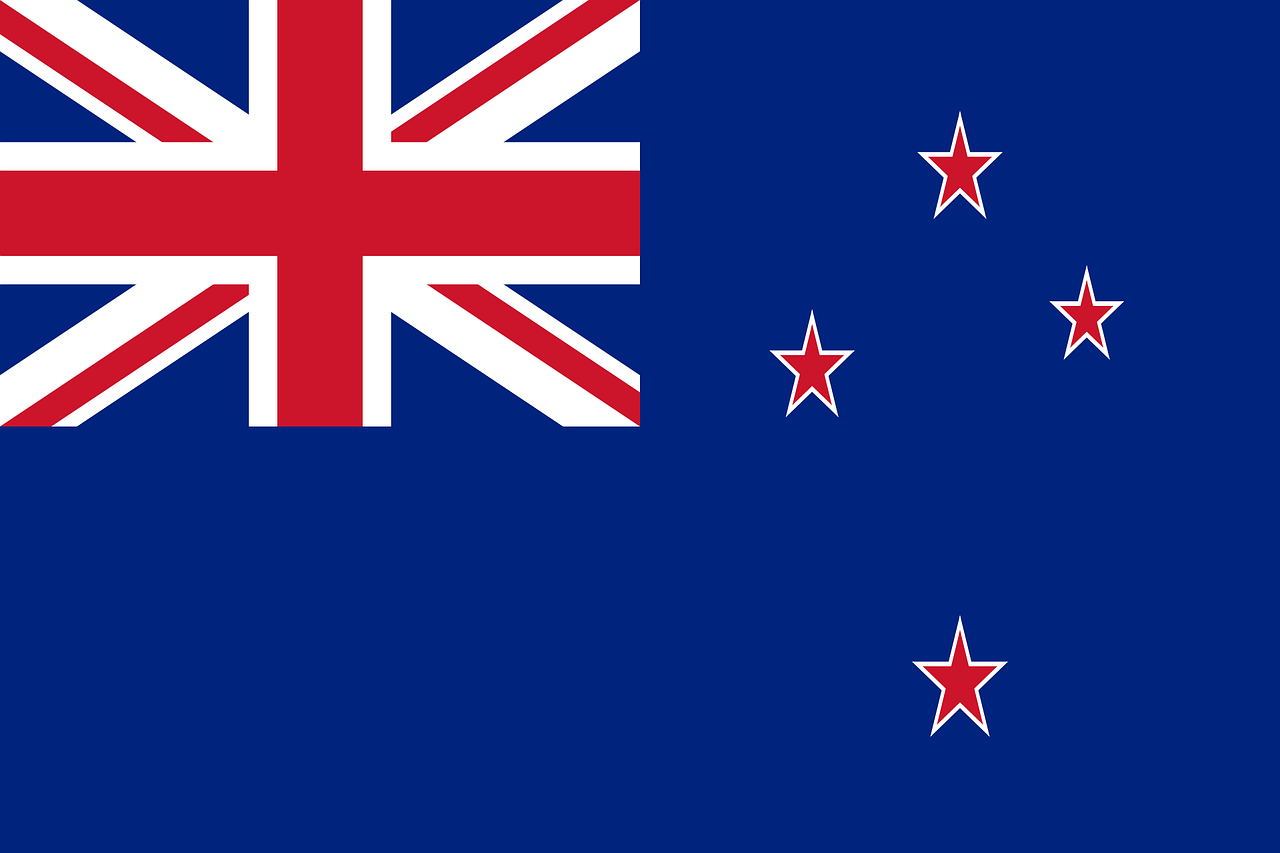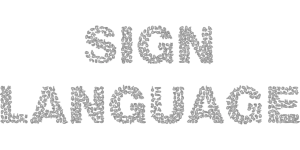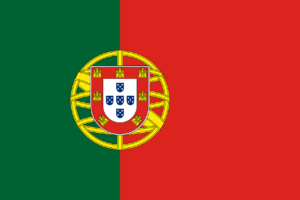New Zealand Sign Language (NZSL) is a culturally rich and vital means of communication for the Deaf community in Aotearoa (New Zealand). As a distinct language with its own grammar, syntax, and vocabulary, NZSL has a fascinating history and a growing recognition within the country.
The origins of NZSL can be traced back to the 19th century when deaf education began to take shape in New Zealand. It evolved from a combination of British Sign Language (BSL), Australian Sign Language (Auslan), and the unique experiences and cultural context of the local Deaf community. NZSL gained recognition and prominence over time, becoming an integral part of the linguistic landscape in New Zealand.
Estimates suggest that tens of thousands of people in New Zealand use NZSL as their primary mode of communication. The exact number of users is challenging to determine due to variations in levels of proficiency and the fluidity of language use within the Deaf community. However, NZSL holds significance not just for the deaf but also for their families, friends, and allies who learn it to foster better communication and understanding.
NZSL attained official recognition in 2006 through the New Zealand Sign Language Act, which acknowledged NZSL as an official language of New Zealand alongside English and Te Reo Māori, the indigenous language. This recognition marked a significant milestone in the journey towards linguistic equality and inclusivity for the deaf community.
The New Zealand government has taken steps to promote NZSL, including funding for interpreter services, educational initiatives, and resources for learning the language. Efforts are ongoing to integrate NZSL into various aspects of society, from education to public services, enhancing accessibility and fostering a more inclusive environment for the deaf population.
The vibrant and resilient nature of NZSL continues to thrive, emphasizing the importance of linguistic diversity and cultural acceptance within the diverse tapestry of New Zealand’s identity. As awareness grows and initiatives for inclusivity expand, NZSL remains a cornerstone in empowering the deaf community and celebrating their language and culture.



